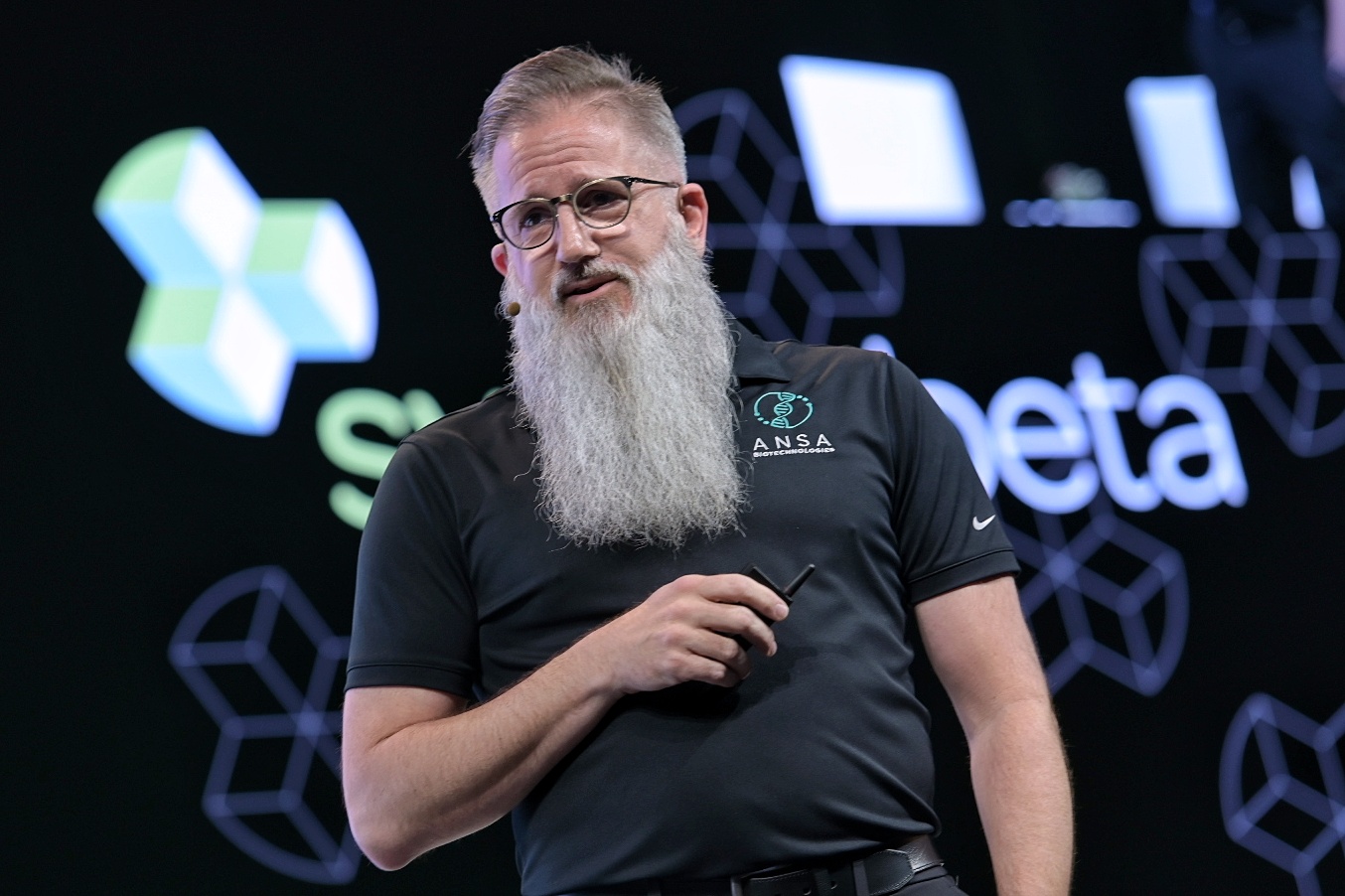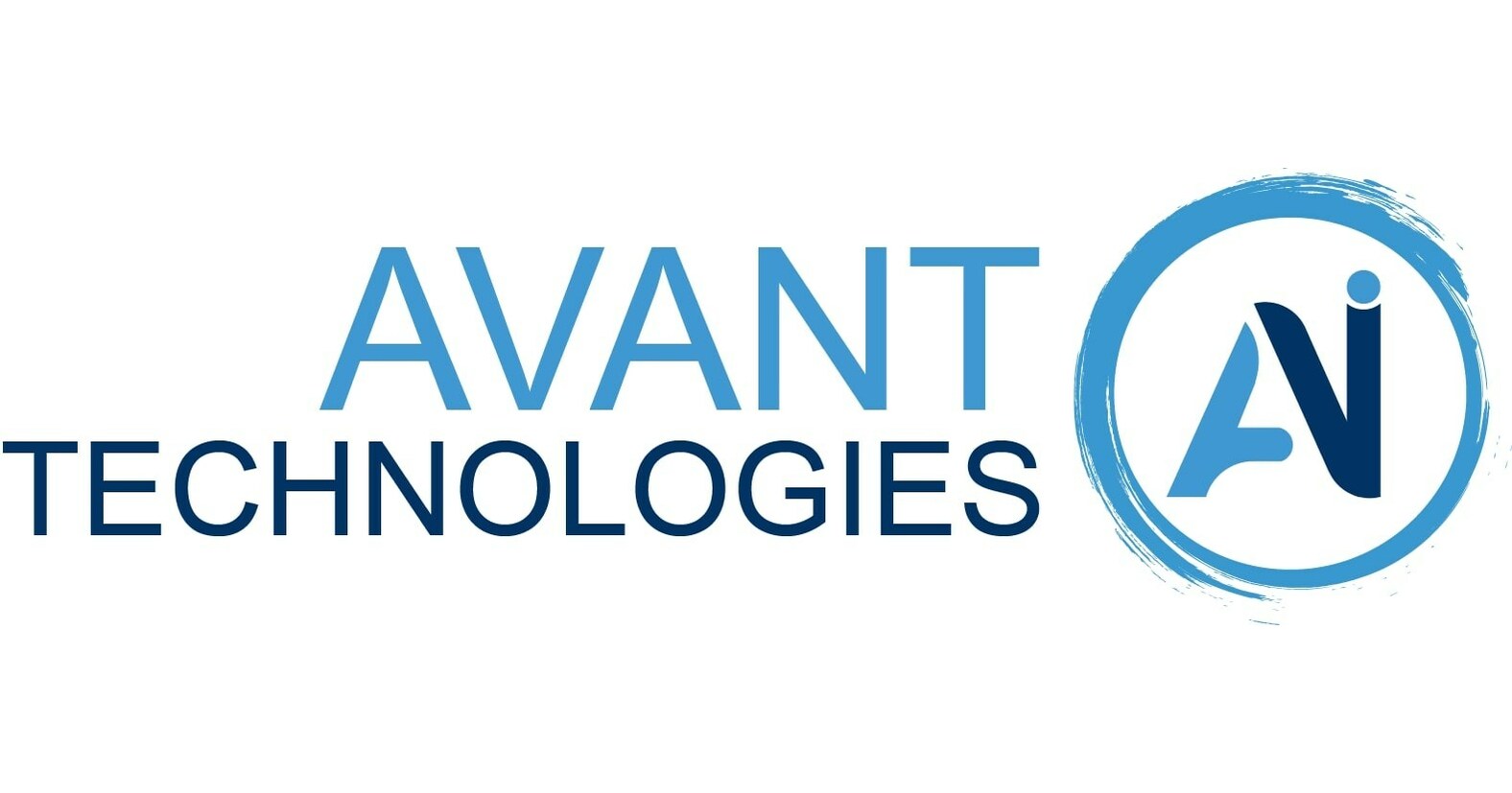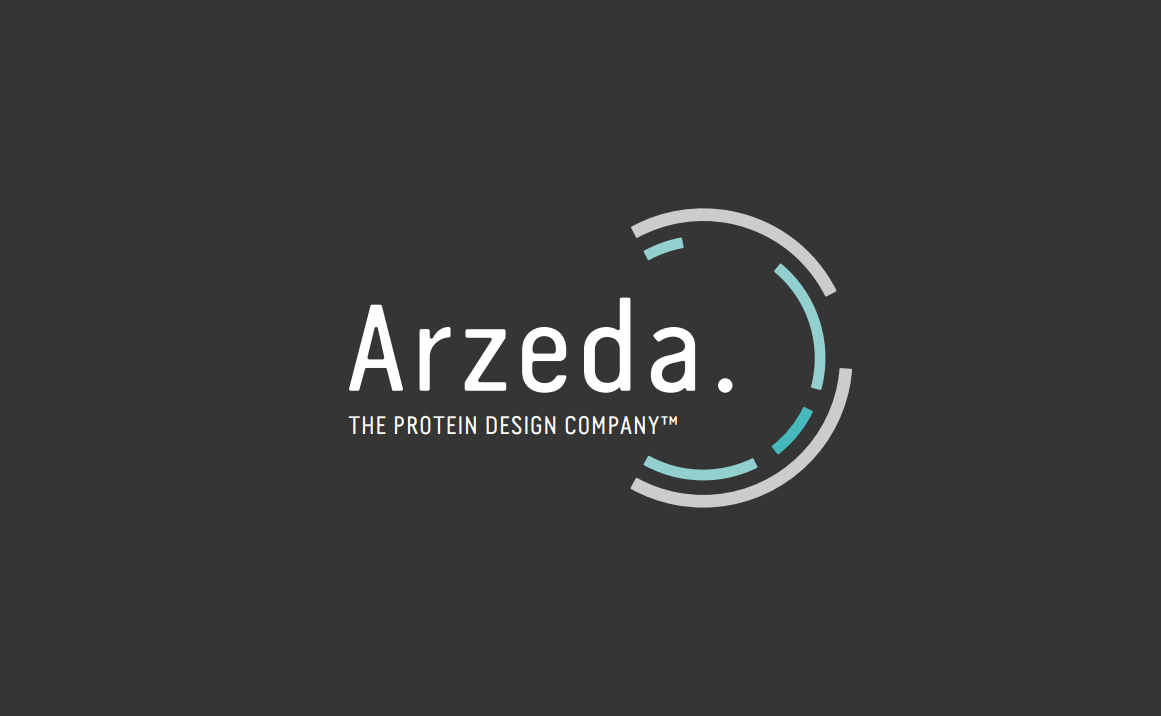
An Interview with Ginkgo Bioworks’ Reshma Shetty On Co-Founding Synthetic Biology’s First Unicorn
An Interview with Ginkgo Bioworks’ Reshma Shetty On Co-Founding Synthetic Biology’s First Unicorn
Dr. Reshma Shetty is no stranger within the synthetic biology community. In 2008 she co-founded Ginkgo Bioworks—a company you’ll definitely hear about if you haven’t already—along with fellow MIT grad students Austin Che, Barry Canton, and Jason Kelly, and their graduate adviser, Professor Tom Knight. They started with a simple but revolutionary goal: help people design and build organisms. A decade later, Ginkgo achieved “unicorn” status—a private company valued at over $1 billion—and it finds itself at the fore of the synthetic biology revolution with customers seeking to build organisms for use in fields as diverse as health, food, agriculture, cosmetics and materials.
Shetty has been through the whole journey and has been a major influence in the synthetic biology community. She had a major role in the first International Genetic Engineering Machine (iGEM) Competition with her co-founders. In 2008, she was named one of ‘Eight People Inventing the Future’ by Forbes and, in 2011, one of the ‘100 Most Creative People in Business’ by Fast Company.Shetty is an upbeat talker. If there’s any stress or jadedness from navigating a company from birth to unicorn over a decade, it doesn’t show. There is a sincere enthusiasm in her voice, especially when we discuss the science. When I caught up with her a few weeks back, one of things I wanted to know was: what do you do when you realize you’re riding a biotech unicorn?What was the moment when you realized that Ginkgo was going to be big?“It was when we closed our Series B financing. It was a $45 million round or roughly speaking, so that was more dollars dumped into our bank account at one instance than we ever had before.”“My thought was, ‘well pretty serious people with serious capital are choosing to take a bet on us’.”This was confirmed for her in 2017 when Bayer chose to work with Ginkgo on engineering biologicals for agriculture, proving the intrinsic value of their platform and cementing Ginkgo as a platform company.“It proved three things at the time. One, that engineered microbes in the environment could be a thing, that could be a product category. There are serious people taking serious bets that we're going to be able to release engineered microbes in the future. Two, that Ginkgo’s platform had value even in areas that we hadn't previously been in. Three, it proved to the world that Ginkgo was really a platform company, that we weren't simply going after a few products in the industrial biotech market.”It wasn’t easy sailing for Gingko from the start though. Right after the company was founded, the global economy took a nosedive.“I think we incorporated in July of 2008 and, like literally, within the next month or two, the fiscal crisis hit,” says Shetty.In many ways this was not the ideal time to be starting a business and looking for investment, leading to creative thinking in getting the company going.What did you learn in those early days that biotech companies could benefit from?“At the time everybody said that the way to start a biotech start-up is to go raise money immediately because you need some amount of money to be able to start a lab and get going. The thing I had to learn and realize was that no, actually, it is possible. If you're creative enough, savvy enough and patient enough, then you can in fact bootstrap even a biotech start-up.”Shetty stresses the importance of having the space to figure out their technology platform and business model and ask themselves how to take it forward. Having Knight and his wealth of experience on the team certainly helped.“Tom always said ‘Oh, it’s a good idea to bootstrap in the early years’ regardless, based on his prior experience starting companies. But circumstances certainly reinforced that and I think that was really helpful that we spent the first few years bootstrapping the company.”Was it natural having your former advisor on the team?“Yeah, very natural. Tom, he’s a pretty low-key guy, but he's also been very ahead of his time when it comes to thinking about the technology and technology trends. Early on it was great because Tom has started and run a company before and there were some obvious pitfalls that he could help us avoid and talk a bit about options.”And your other co-founders, what is it about them that makes them special?“I think probably for me the biggest thing is that we've now been working together for almost 20 years,” says Shetty, referencing their time at MIT in the years before Ginkgo.“And even now, if I'm struggling with something or I'm trying to dig through how to solve a problem, I would want to talk to Tom, Barry, Austin, and Jason. I always come away having learned something or clarified my thinking or somehow changed how I was approaching a problem. To me, that is the real hallmark of excellence.”Despite all those shared experiences, they still learn from one another and solve problems together. Shetty considers her colleagues to be mentors too, saying she’s benefitted from them as much as from her supervisors through the years.“Anybody can be a mentor,” she says.They are all engineers at heart, so the most exciting things for the Ginkgo team are around potentially world-changing technologies that can jump quickly from dream to reality.What are the engineering challenges you’re most excited about these days?“Bayer and Ginkgo, through our joint venture in Joyn, are going after nitrogen fixation. It has long been a dream of folks. Could we reduce fertilizer usage by using biological nitrogen fixation instead?”This project has been close to Shetty since her academic days, but therapeutics and Ginkgo’s collaboration with Synlogic, who develop bacteria as living medicines, has also piqued her interest.“There's all these areas of metabolism that lead to devastating diseases and the idea that you could engineer microbes to basically treat them is a cool idea!”Is there any particular problem you’d like to solve through engineering biology?“How do you think about leveraging biology to make a positive impact on the environment? That's one I think has been on our wish list for a while.”Enabling the future of synthetic biology is a big part of how Ginkgo operates, even since the early days. The founders were involved in establishing iGEM and their platform is well suited to collaborative efforts.How do you see Ginkgo’s role to give back and enable the next generation of synthetic biology?“I think one thing that has been a longstanding ask from folks in the community is how are we going to open up our cell programming platform to more people? Early on, that seemed crazy to even think about,” she says, citing the skill set required to use and build it. “I think we've come a long way since then so we can say actually maybe we get started thinking about opening up the platform to more folks.”Shetty says initial collaborations like Joyn, (Ginkgo spin-out) Motif, and Synlogic mean they can learn how to open their platform better. Relationships with accelerators like YCombinator and Petri are the next steps. They acknowledge that opening their platform will only benefit and accelerate biological engineering.Our conversation then moves onto a more human element of running a company, a reminder that it’s never all about the science.Do you have any mistakes or regrets in how you’ve done things?“The biggest regret I have is actually not thinking consciously about diversity and inclusion issues earlier in Ginkgo’s history. We started thinking about them seriously in about 2015 or so, when we were still relatively small, about 30 people. But we could have thought about diversity and inclusion even earlier.”Shetty reveals it’s easier to change the balance in a company when it’s just a handful of people.Can we be doing better on diversity as a whole?“I would say that synthetic biology as a field has always been pretty good in that it thought about issues outside of just the science and engineering itself. I think the field always fosters that broader perspective. So I think it's been more natural and more normal to think about diversity and inclusion issues in the synthetic biology community as a result,” says Shetty, “We're by no means beyond reproach … but there's more of a willingness to talk about these issues and really try to take proactive steps.”Do you have any advice for those starting a company?“The thing I like to tell people is that, if you're going to start a company, don't do it for the money. There are a lot of easier ways to make money in the world. Start a company because you think a company is really the best way to go tackle a problem that you're passionate about.”Any final thoughts?“I think that we've come a long way in terms of our ability to engineer biology, but we still have a long way to go. Fundamentally, biology is still not yet a predictable engineering discipline and it’s important to remember that. Because it’s still not yet predictable, we have to iterate through different designs and search for a functional design whenever we're trying to engineer a GMO. We have more work to yet do to bring down the cost of doing genetic engineering so that we can explore more and more of design space.”Follow me on twitter at @johncumbers and @synbiobeta. Subscribe to my weekly newsletters in synthetic biology and space settlement. Thank you to David Kirk and Kevin Costa for additional research and reporting in this article. I’m the founder of SynBioBeta, and some of the companies that I write about — including Ginkgo Bioworks — are sponsors of the SynBioBeta conference and weekly digest — here’s the full list of SynBioBeta sponsors.
Follow me on Twitter or LinkedIn. Check out my website or some of my other work here.Originally published on Forbes https://www.forbes.com/sites/johncumbers/2020/01/21/an-interview-with-ginkgos-reshma-shetty-on-co-founding-synthetic-biologys-first-unicorn/



.svg)









-min.png)

.gif)